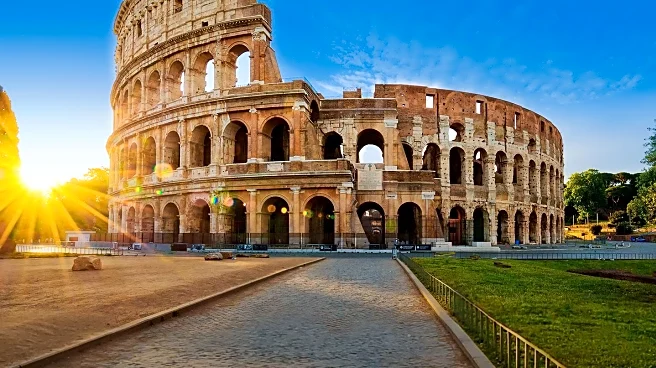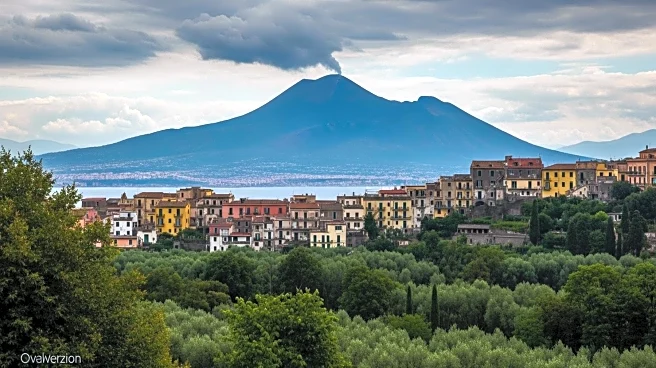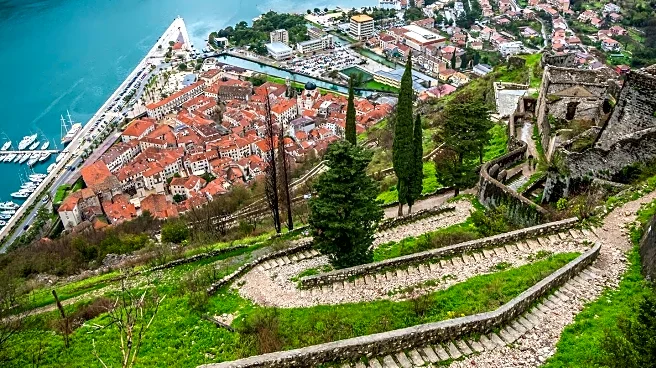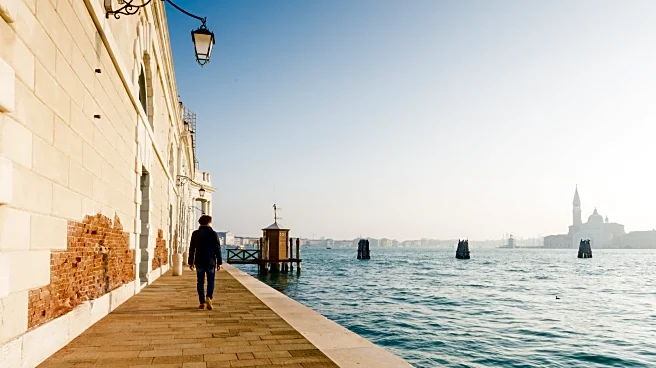What's Happening?
Italy is facing challenges in safeguarding its cultural heritage as tourism numbers continue to rise. Incidents involving tourists damaging historical artifacts have become increasingly common, with examples such as a visitor damaging a painting at the Uffizi Gallery and another breaking a sculpture at a museum. Reckless behavior, including vandalism and disrespectful acts, has put Italy's cultural treasures at risk. The responsibility for protecting these sites often falls on local authorities and individual institutions, as national ministries pass the responsibility between each other. Experts argue that a cultural shift prioritizing education and preservation over profit is necessary to protect Italy's heritage.
Why It's Important?
The issue of protecting cultural heritage in Italy is significant as it highlights the broader challenges of overtourism affecting many European destinations. The economic benefits of tourism are undeniable, yet they come with the risk of damaging irreplaceable cultural sites. Italy's struggle underscores the need for sustainable tourism practices that balance economic interests with the preservation of cultural heritage. Without effective measures, the country's historical monuments remain vulnerable to damage, which could lead to long-term cultural and economic consequences. The situation calls for a reevaluation of how cultural sites are managed and the role of tourism in their preservation.
What's Next?
Local authorities in Italy are taking steps to mitigate the impact of tourism on cultural heritage. Increased patrols and video surveillance are being implemented in vandal-prone areas, and communication campaigns are planned to raise awareness among tourists. Some cultural sites are introducing measures to limit disruptive behavior, such as anti-selfie policies in museums. However, a broader strategy involving regulated access and reinvestment in preservation is needed. The ongoing debate about tourism management in Italy may lead to more comprehensive policies aimed at protecting cultural heritage while accommodating visitors.
Beyond the Headlines
The situation in Italy reflects a global challenge of balancing tourism with cultural preservation. As travel continues to grow, countries worldwide must consider the ethical implications of tourism and its impact on cultural sites. Italy's experience may serve as a case study for other nations facing similar issues, prompting discussions on sustainable tourism practices and the importance of cultural education for visitors.












